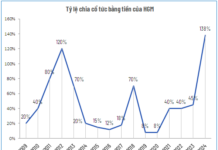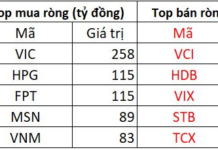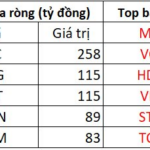
In the promising landscape of cryptocurrency, shadows of deceit lurk alongside innovation. Among these are “pump and dump” schemes—projects that aggressively raise funds, prey on greed, and vanish after amassing wealth. These scams not only inflict financial losses but also erode trust in this nascent market.
The modus operandi of such schemes is strikingly similar. They emerge with grandiose ideas, adorned with buzzwords like “financial revolution,” “proprietary blockchain technology,” or “global platform.” Their websites are sleek, and whitepapers are eloquently crafted, yet upon closer inspection, details remain vague. There are no prototypes, no detailed roadmaps, and no technical evidence to substantiate claims.
What ensnares many is psychological manipulation. When projects tout absurd returns like “2% daily profits” or “100x token growth,” investors succumb to FOMO—fear of missing out. This fear is amplified by aggressive marketing campaigns and endorsements from influencers. A single tweet from a celebrity can spark a frenzy, drawing crowds into an ever-tightening spiral.
“Rug pulls,” where developers drain liquidity and disappear, have repeatedly shaken the community. The Squid Game Token is a notorious example: riding on the popularity of the series, it skyrocketed before collapsing within days, taking millions with it. Astonishingly, similar schemes continue to emerge, repeating the cycle.
The root cause lies in crypto’s lack of regulatory frameworks and low barriers to entry. With basic programming skills, anyone can create a token and list it on decentralized exchanges within hours. Blockchain’s anonymity makes tracing and prosecution nearly impossible. In such an environment, scammers thrive, leaving investors to fend for themselves.
The best defense is vigilance and due diligence. Legitimate projects have transparent teams, tangible products, and audited smart contracts. Conversely, those promising “risk-free” profits or prioritizing marketing over technology are red flags to avoid.
Ultimately, crypto investment is high-risk. While opportunities are vast, guarantees are nonexistent. Victims of such schemes often advise: “Invest in knowledge before investing in coins.” This wisdom may be the most effective vaccine against the traps lurking in the blockchain world.
The Great Crypto Con: When Crypto Scams Run Rampant, It’s High Time to Regulate Digital Asset Exchanges
The crypto investment landscape in Vietnam is currently in a legal gray area. While the law prohibits the use of cryptocurrencies as a legitimate means of payment, it falls short of providing clear regulations regarding ownership and trading. With the recent passing of the Digital Technology Industry Law, the country is taking a step towards clarifying the legal status of digital assets, but the law will only come into effect in 2026.
The Great Crypto Con: Why Regulation of Digital Asset Exchanges is Urgent in the Wake of Billion-Dollar Scams
Investing in cryptocurrencies in Vietnam is currently in a legal gray area. While the law prohibits the use of cryptocurrencies as a legitimate means of payment, it falls short of providing clear regulations regarding ownership and trading. The recently passed Digital Technology Industry Law will not come into force until 2026, leaving the current legal framework ambiguous.








































